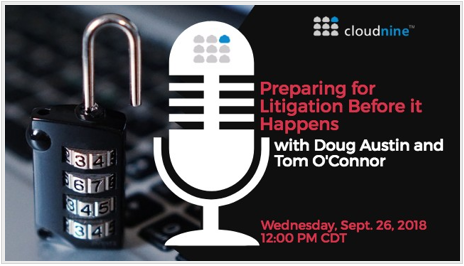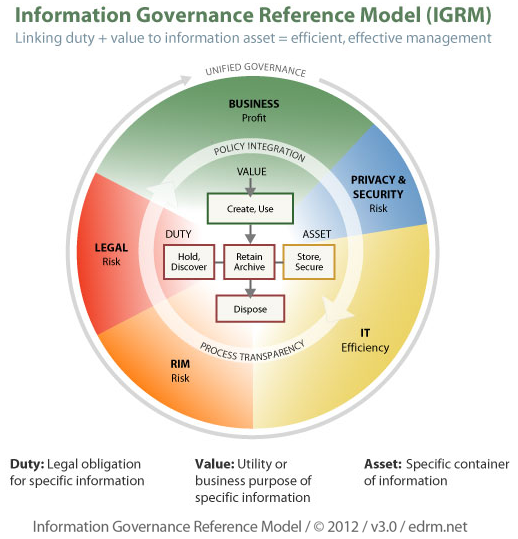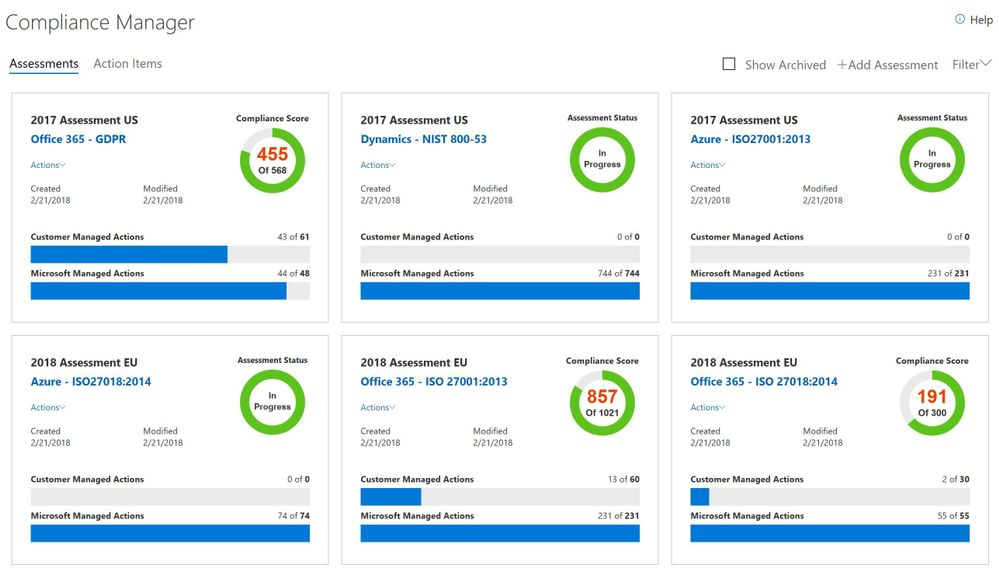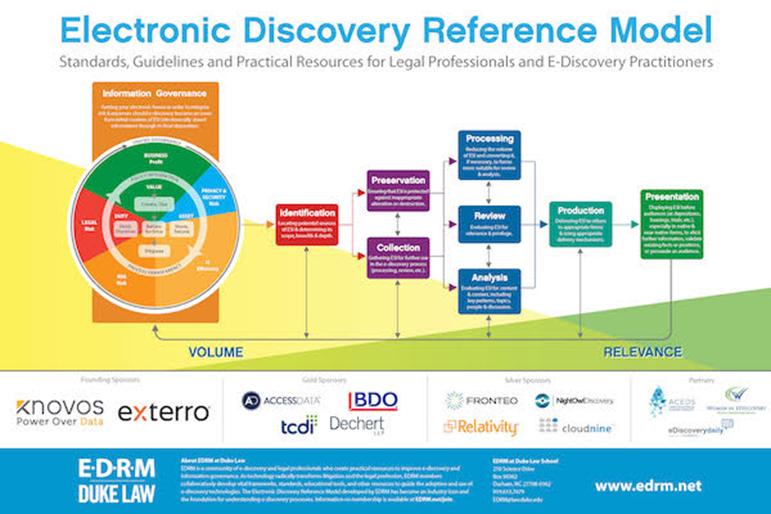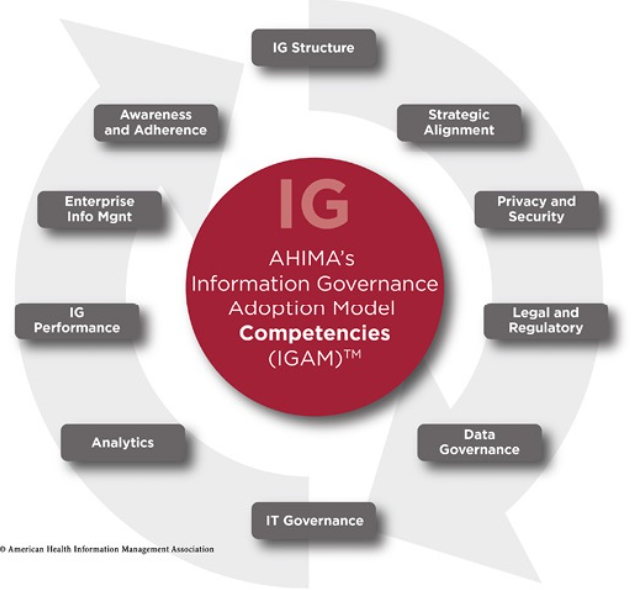According to Consilio, Strong Majority of Companies are Increasing Investment in Detecting “Bad Behaviors”: eDiscovery Trends
As I’ll be discussing in my presentation next week at the University of Florida E-Discovery Conference, there are a lot of reasons why organizations should be focusing a lot more of their eDiscovery efforts on compliance and investigations. Last week, Consilio released the results of a survey that indicates that they appear to be doing just that.
In their release which details the results of a survey of 138 legal professionals conducted at this year’s Legalweek conference in New York, the majority of legal professionals (77 percent) believe their companies have either “somewhat” or “to a great extent” increased investment in resources to detect “bad behaviors” that go against the company’s mission (i.e. discrimination, sexual harassment, fraud, IP theft, etc.).
The survey also found that many organizations use more than one approach to facilitate investigations, though most were handled internally through the compliance department (66 percent) and/or investigations department (45 percent). In addition, 28 percent of respondents said their companies facilitate investigations externally through a law firm, followed by investigations facilitated via consultants at 16 percent.
“Compliance departments that are running most internal investigations often are better equipped to detect financial vs. non-financial corporate misconduct such as fraud or embezzlement,” said Roger Miller, Managing Director at Consilio. “In our experience, technology used by compliance departments largely relies on simple keyword and/or number-based searches. However, detection of non-financial wrongdoing at companies through digital communications like email, IM, and text is opaque and often requires more sophisticated technology, such as contextual analytics to identify.”
Miller went on to comment, “In a hypothetical keyword search to detect the occurrence of bribery in a company, contextual analytics provide the ability to search for the definition of the word “bribe” or use its legal definition in the FCPA and/or UK Bribery Act. This technology allows investigators to identify incriminating document(s) even if a bad actor is trying to obfuscate their misconduct.”
Respondents cited fraud (72 percent) among the most common types of investigations at their company, to their knowledge. This was followed by non-financial “bad behaviors” including: discrimination (60 percent), IP theft (52 percent), and sexual harassment (51 percent). The least common investigations cited were tied to antitrust/pricing fixing (42 percent) and the FCPA/UK Bribery Act (29 percent).
Interestingly, 62 percent of legal professionals said that they are very confident their company is proactively identifying “bad behaviors” that go against the company’s mission. Further, when asked whether their company has existing policies and/or technology, such as financial or behavioral audits and communication monitoring, to identify high risk behavior in employees, an overwhelming majority (74 percent) said these measures are in place.
Those numbers surprise me, given the challenge of big data, the increasing variety of data sources to track and the reported lack of companies that have a formal information governance policy. Do these companies really have things as under control as they indicated? I wonder.
So, what do you think? Are you surprised by any of these stats? As always, please share any comments you might have or if you’d like to know more about a particular topic.
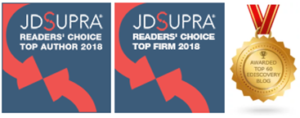
Sponsor: This blog is sponsored by CloudNine, which is a data and legal discovery technology company with proven expertise in simplifying and automating the discovery of data for audits, investigations, and litigation. Used by legal and business customers worldwide including more than 50 of the top 250 Am Law firms and many of the world’s leading corporations, CloudNine’s eDiscovery automation software and services help customers gain insight and intelligence on electronic data.
Disclaimer: The views represented herein are exclusively the views of the author, and do not necessarily represent the views held by CloudNine. eDiscovery Daily is made available by CloudNine solely for educational purposes to provide general information about general eDiscovery principles and not to provide specific legal advice applicable to any particular circumstance. eDiscovery Daily should not be used as a substitute for competent legal advice from a lawyer you have retained and who has agreed to represent you.





